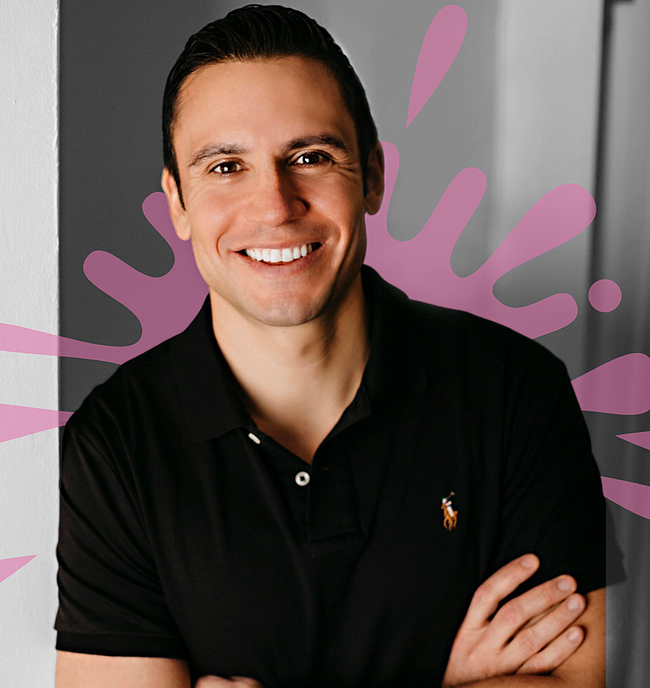Reduce New Patient Lag Periods and Increase Your Practice’s Profits
We’ve previously touched upon the patient journey, which explains the steps patients take from the time they discover your practice to the time they...
2 min read
 Anthony V. Bonavoglia, DDS, MS
:
Apr 9, 2020 8:00:00 AM
Anthony V. Bonavoglia, DDS, MS
:
Apr 9, 2020 8:00:00 AM

Not every patient who attends an initial orthodontic consultation will result in a same day start. But just because a patient doesn’t immediately commit, it doesn’t mean you should give up. A proper follow-up protocol can maximize patient starts and improve your overall conversion rates. Think about it, an increase of conversions by 2-3% could add thousands to your bottom line each year. Here are five simple ways you can improve your patient follow-up strategy.
Map out a schedule for your Treatment Coordinators that details when follow-ups should be happening. The schedule should be refined over time based on what converts best for your practice. The follow-up schedule should extend 3- 6 months after the initial consultation, with the most frequent touch-points occurring immediately after.
Test different ways of following up. Emails, phone calls, postcards, and even text messages are all great ways to stay top of mind. Test a variety of follow-up methods and maximize your efforts on the channels that work best. Click here to learn how SmileSuite’s StartAlytics helps practices use data to measure if their follow-up protocol is hitting the target or “missing the mark.”
Don’t just follow-up asking for a signed contract– include information that the patient will find helpful in your follow-up protocol. Patient testimonials, appliance videos, FAQs are just some examples of content that can be incorporated into your follow-up strategy. The right content can establish authority and trust, and will help the patient make a faster decision.
Patients may not always respond to the first follow-up attempt. The key is not to give up after the first, or even second follow-up. According to a number of studies, six follow-up attempts is the optimal number. Approximately 93% of all converted leads are reached by the sixth attempt. The key takeaway here is to be persistent.
SmileSuite, a presentation system aimed at turning consults into contracts, will help you and your Treatment Coordinator dominate your follow-up strategy. Within SmileSuite, you can create auto-reminders that will notify your TC to make sure patients don’t get lost in the pipeline. These reminders can be set at different intervals, allowing you to stick to your follow-up schedule, and can be fully customized depending on your practice’s need. Whether you want your TC to follow-up with a phone call, send an email, or mail a postcard, SmileSuite will automatically remind your TC so no one fall through the cracks.

We’ve previously touched upon the patient journey, which explains the steps patients take from the time they discover your practice to the time they...

1 min read
Are you missing the critical response time window? Studies by Lead Response Management show that the optimal lead response time is about 5 minutes...

So you got a new patient to visit you for a consultation… phew! The hard part is over. Does that mean your job is done and the deal is sealed? Not...